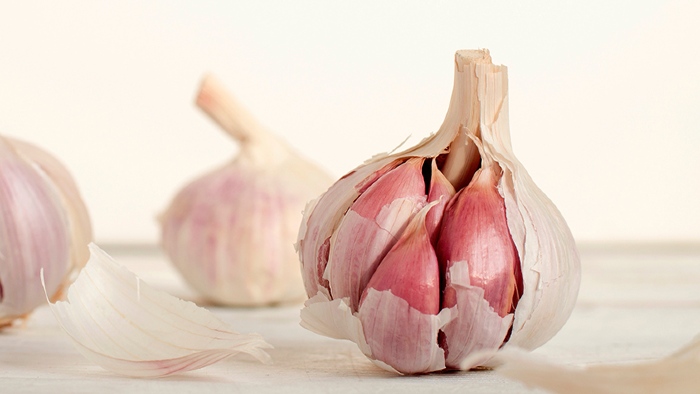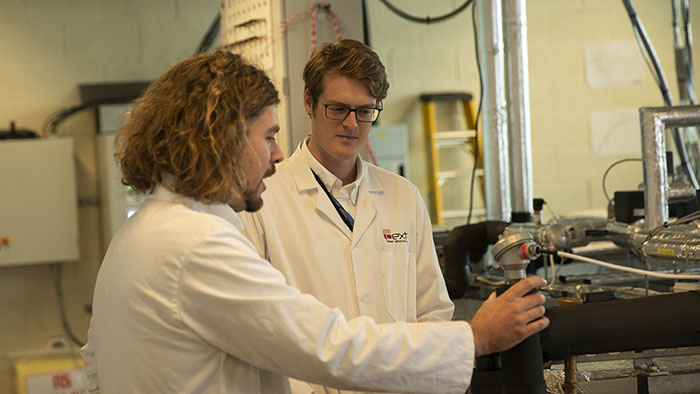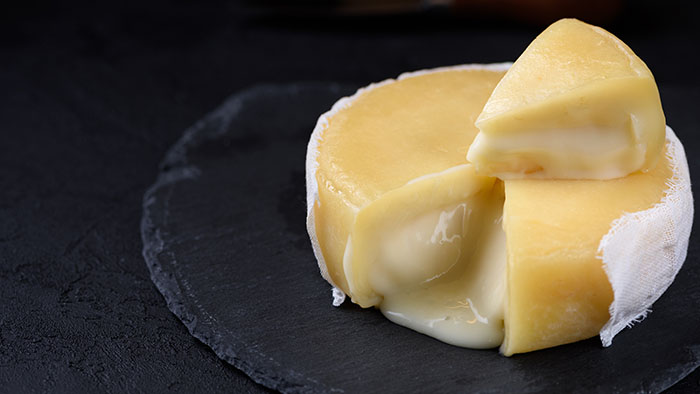Garlic is a staple in UK cooking. We’re getting through more and more of it in everything from pasta sauces to curries.
As a result of our increasing usage, the industrial processes surrounding the ingredient have had to quickly adapt to demand. But due to garlic’s unusual composition, we still don’t know what to do with the waste.
The William Jackson Food Group and Sheffield Hallam University have partnered to investigate further.
The William Jackson Food Group is a 167-year-old family food business, home to brands such as Abel & Cole and Belazu.
Its MyFresh business supplies fresh ingredients into the food manufacturing and food service sectors and uses substantial quantities of garlic, producing 1,000 tonnes of garlic waste every year.
Similar green waste is often treated by anaerobic digestion — which is the breakdown of organic material by micro-organisms in the absence of oxygen.
This yields useful organic compounds such as bioethanol. However, when it comes to garlic, antimicrobial compounds interfere with this process.
What we did
Under the direction of FoodWasteNet, a project to investigate alternative methods to extract valuable compounds from garlic waste was developed.
This hypothetically yielded an extract that could be used either as a food preservative, or as a garlic flavouring. It would also leave residual solid material suitable for anaerobic digestion.
The results
Working closely with the University of Aberdeen, Bangor University, and the Biorenewables Development Centre at York, the investigation has succeeded in isolating and characterising a concentrated garlic oil from industrial garlic waste.
This pungent oil has potential for use as a concentrated flavouring — equivalent to many times its volume in garlic cloves. Preliminary studies have also shown the treated material to be up to 60% more efficient for anaerobic digestion when compared to the untreated garlic waste.
Studies to optimise the process are ongoing, however this investigation is unlocking the potential of industrial garlic waste — and may prove useful for other green waste streams.
“We are committed to making the most of the agricultural crops we use and this FoodWasteNet-funded project gave us the opportunity to access the expertise of some of the UK’s leading academic experts in the field.”
Gavin Milligan, ESG Director at the William Jackson Food Group




